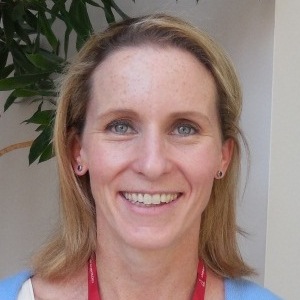Welcome to the forums at seaphages.org. Please feel free to ask any questions related to the SEA-PHAGES program. Any logged-in user may post new topics and reply to existing topics. If you'd like to see a new forum created, please contact us using our form or email us at info@seaphages.org.
Recent Activity
tail assembly chaperones
| Link to this post | posted 03 Aug, 2018 18:23 | |
|---|---|
|
|
Hi All, Does anyone savvy about the Q cluster know what the current rule is for calling tail assembly chaperones in the Qs? I see that the frameshift is not known in the Qs…but are we sure about which genes are the chaperones? I am QCing the Q genome Gancho. One gene that is called tail assembly chaperone in nearly all the Q genomes (Except Giles) is pham 30734 which is gp17 in most genomes. Upstream of this is a gene is a gene (gp16 in most genes including Giles, Evanesce and HH92)) that has HHPRED matches (none of them with prob greater than 90) to 50s ribosomal proteins. Two genomes (Evanesce and HH92) called this a tail assembly chaperone. Downstream of the gp17 that is called a chaperone is another gene, gp18, that has ribosomal HHPRED hits (around 30 - 40% prob) and a 22% prob match to tail assembly chaperone of a lysteria phage ( I looked at other tail assembly chaperone protein HHPRED matches from other genomes where we know they are chaperones…the first chaperone gene tends to hit ribosomal proteins and the second chaperone tends to hit bacteriophage gp15 family (gp17 of the Qs matches this same protein family). So do I call just gp17 as chaperone? Do I call the upstream, gp16 a chaperone along with gp17? or gp17 and gp18 ? Any suggestions? Welkin? |
| Link to this post | posted 03 Aug, 2018 18:25 | |
|---|---|
|
|
smolloy123I forgot to add that I used gene numbers for the majority of Q phage genomes but they are off by 1 for Gancho since it has a deletion in the very end of left arm |
| Link to this post | posted 06 Aug, 2018 16:27 | |
|---|---|
|
|
Sally, Hi. Using web Phamerator's gene numbers, I would call gene 16 a TAC. Neither 15 or 18 are good candidates by HHpred (gp 15 is a ribosomal protein hit) and 18 has no significant matches). I believe that gp 16 is also a TAC, BUT I would not call it. I can't find a slippery sequence and the Pfam hit is too weak for me. |
| Link to this post | posted 06 Aug, 2018 18:04 | |
|---|---|
|
|
Debbie Jacobs-SeraHi Deb, Thanks for your response. I already submitted it and luckily I did exactly what you prescribed! This was very helpful. Thanks so much!!! Cheers Sally |


